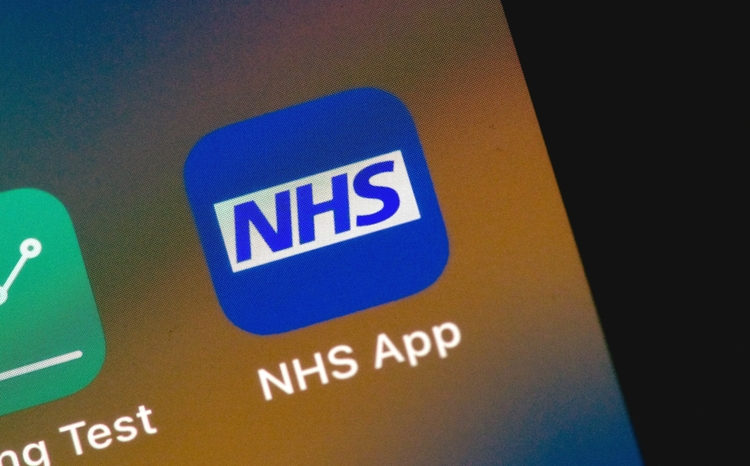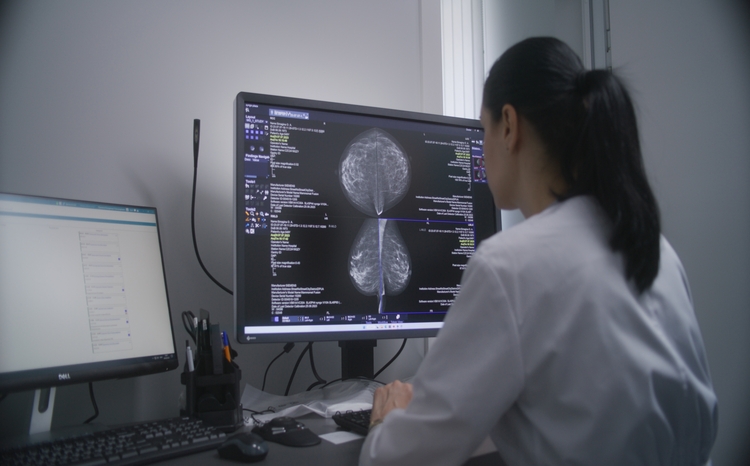Kelsey: November start on DMI data
- 29 October 2015

NHS England’s director of patients and information Tim Kelsey has told Digital Health News the commissioning board will write to trusts in November to kick off the first baseline self-assessment for a new ‘digital maturity index’.
NHS England announced plans in September to put clinical commissioning groups in charge of defining how their local economies will achieve the ambition of being paper-free at the point of care by 2020.
Guidance released to help the groups create their roadmaps said CCGs and providers would be expected to complete a digital maturity self-assessment between November 2015 and January 2016.
These assessments will be collated into a ‘digital maturity index’ with self-assessments commissioned on an annual basis. The index is due to be published next March, ahead of the submission of local digital roadmaps in April.
The first step in the process is that CCGs must have reported back on which providers they will cover by the end of October.
In an interview ahead of a keynote speech at EHI Live 2015 next week, Kelsey said that while many CCGs have already reported back, NHS England cannot yet publish the footprints of all the roadmap areas.
Digital Health Intelligence, the research arm of Digital Health, already runs a Clinical Digital Maturity Index for acute trusts, which captures the systems installed in NHS organisations; as well as when they were bought and who supplies them.
Digital Health Intelligence’s director, Karl Grundy, said investment would continue, with a Mental Health CDMI about to join the Acute CDMI, and a Community CDMI in the later stages of development.
“The CDMI benchmarks are the most complete and detailed measure of IT systems in use across the NHS, and are supported by the most accurate market data,” he said.
“A key point is that the CDMI only contains material that can be accurately and reliably recorded. Sticking by this principle means that we can provide comparisons between trusts, and monitor technology adoption trends in areas such as e-prescribing.”
NHS England’s focus on ‘meaningful use’ aligns with its hope to create a “meaningful use technology fund” to support the delivery of digital roadmaps.
‘Meaningful use’ was introduced in the US by the American Reinvestment and Recovery Act in 2009. It defines minimum standards for using electronic health records and exchanging patient clinical data between providers, insurers and patients.
Providers and individual clinicians can receive payments if they can show that they are ‘meaningfully using’ their certified EHR technology in ways that are also tightly defined.
The first stage of meaningful use, which effectively required providers to deploy systems, is credited with leading to a big increase in the implementation of electronic patient records.
Stages two and three, which focus on delivering data to national health programmes, and on improving outcomes for patients, have been criticised for being bureaucratic and difficult to meet, and have been far less popular.
Despite this, director of digital technology at NHS England Beverley Bryant said in September that NHS England has been working on business cases to go to Treasury to support the digitisation programme.
While any new funding will not be confirmed until the Treasury spending review is released on 25 November, Kelsey said that ‘meaningful use’ is a fundamental principle.
“Meaningful use in those terms is a very important concept and certainly the whole of this implementation programme as proposed is fundamentally around, not the installation of technology, but the degree to which this empowers change behaviours and transforms services,” he said.
Tim Kelsey will be speaking at EHI Live 2015 next week. Read a longer interview with him about how technology may contribute to the NHS’ efficiency savings and reform programmes in this week’s features.




